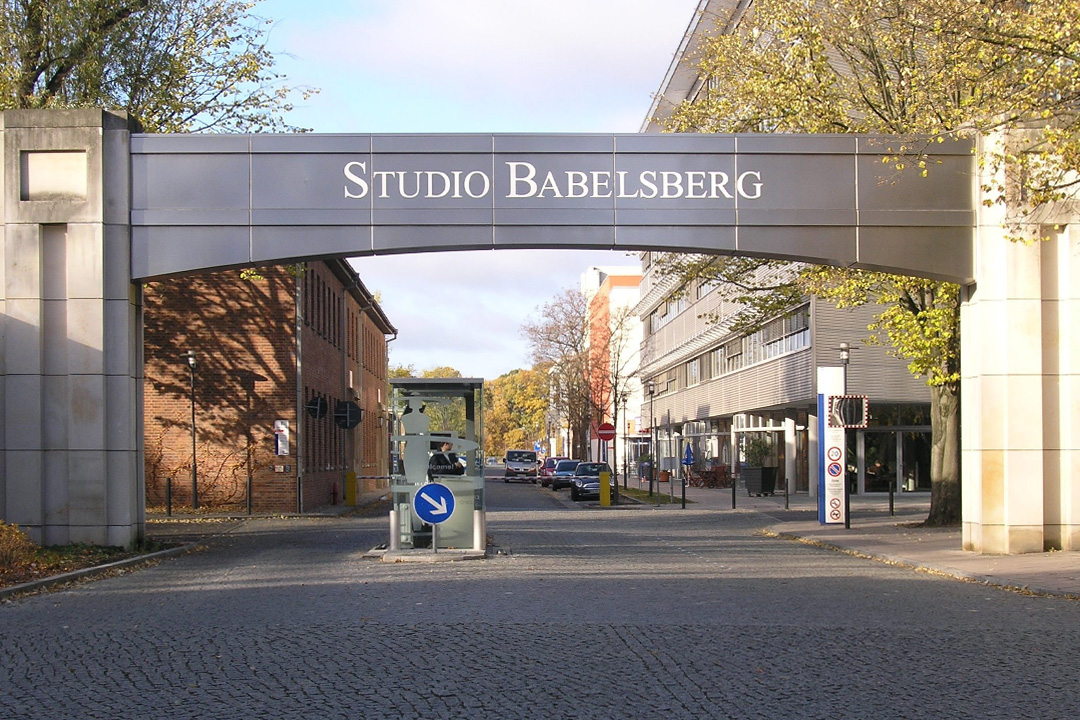The history of film is a fascinating journey through 130 years of human creativity, technological progress and cultural change. It begins in 1895, when the Berlin- based Skladanowsky brothers presented their first film at the so-called “Bioscope”. Or were the French Lumière brothers the inventors of the cinema after all? They presented their invention, the so-called Cinématographe, almost at the same time. Their technology prevailed and became the basis for modern cinematography. Inseparably linked with the development of film from its beginnings to the present day: Hollywood and Babelsberg.
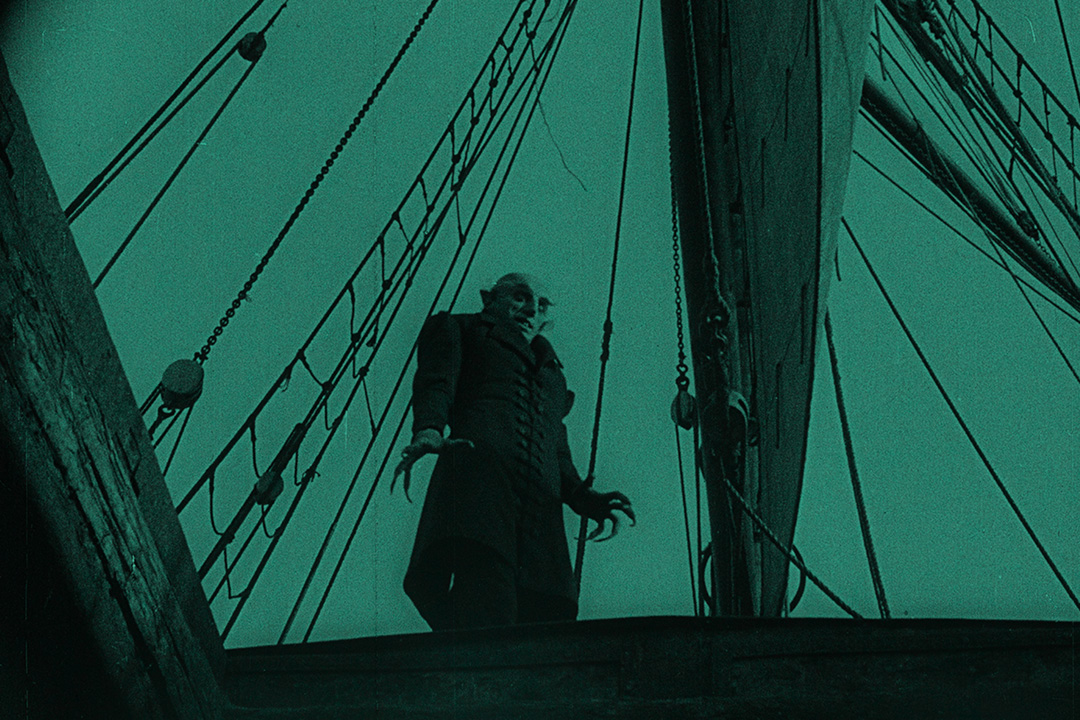
At the beginning of the 20th century, Hollywood was an unassuming settlement on the west coast of the United States. In 1903, the first significant American silent film, “The Great Train Robbery”, was produced here, and in 1910, the first film production by the “Nestor Motion Picture Company” was recorded – the beginning of Hollywood as a film location. In 1912, Urban Gad shot the first silent film in Germany in Babelsberg: “Der Totentanz” (The Dance of Death) starring Asta Nielsen. Studio Babelsberg quickly developed into a center of silent film production. Films such as “The Golem” (1915), “Nosferatu” (1922), “Metropolis” (1927) were made here – films in the aesthetic of expressionism.
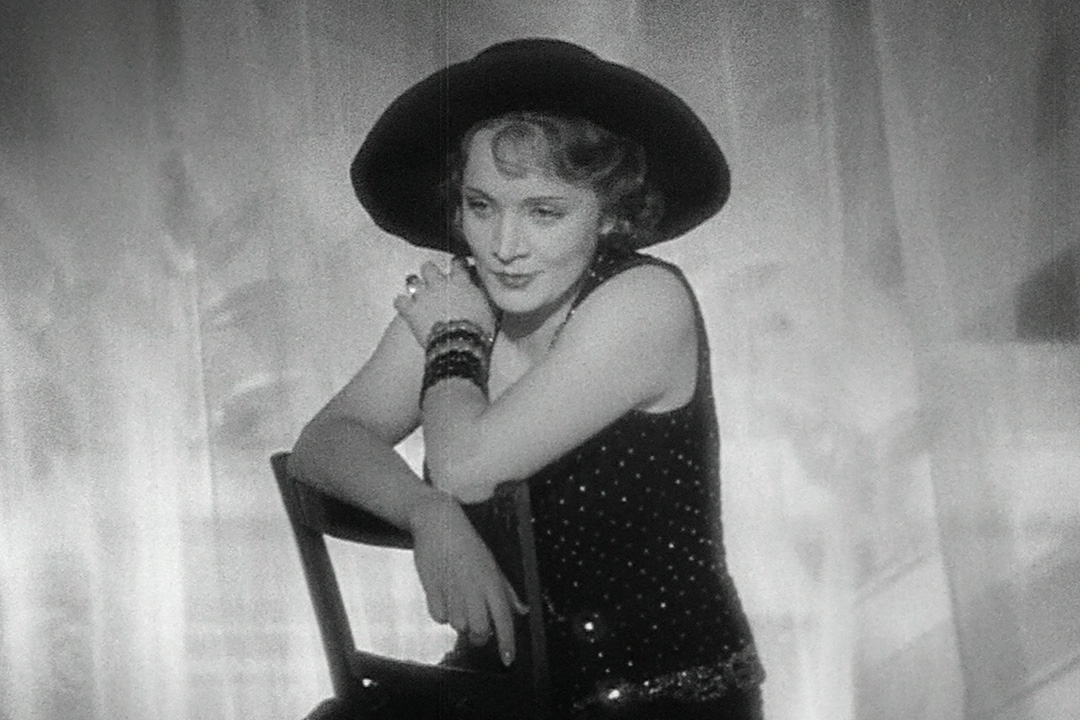
Hollywood
In the 1920s, the world capital of film was Hollywood. Movies were still silent, with actors telling the story with intense facial expressions, as did Charlie Chaplin, the hero of American silent movies.

UFA
In 1922, the UFA (Universum-Film-Aktiengesellschaft) in Babelsberg developed its studio into the most innovative in Germany. Under Erich Pommer, masterpieces such as “Die Nibelungen” (1922/24) by Fritz Lang were created. Alfred Hitchcock came from Hollywood to learn in Babelsberg. But Ufa had overextended itself financially and in 1925 was forced into an unfavorable contract with Metro-Goldwyn-Mayer and Paramount. By 1926, Hollywood was successfully poaching creative talent from Babelsberg, including Erich Pommer and Emil Jannings. Jannings received the first Oscar ever awarded in Hollywood in 1992.
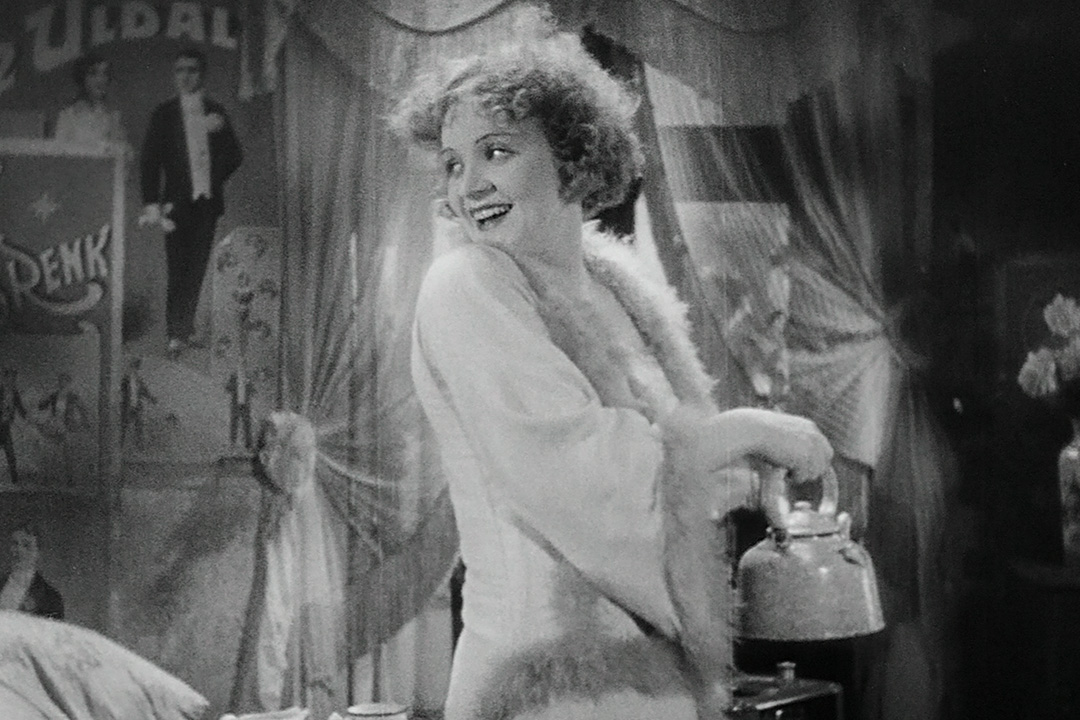
Sound film
Although the first sound films were developed in Babelsberg in the mid- 1920s, Hollywood bought the German patents and released the first sound film, “The Jazz Singer” (1927), in 1927. It was the beginning of a completely new film aesthetic. In Babelsberg, the first feature film with sound was “Melody of the Heart” (1929) with Willy Fritsch. It was followed by entertainment films and film operettas. Josef von Sternberg's “The Blue Angel” (1930) with Marlene Dietrich was a sensational success. German film was on its way to world fame, Marlene Dietrich was an overnight star. And Babelsberg became a real competitor for Hollywood.
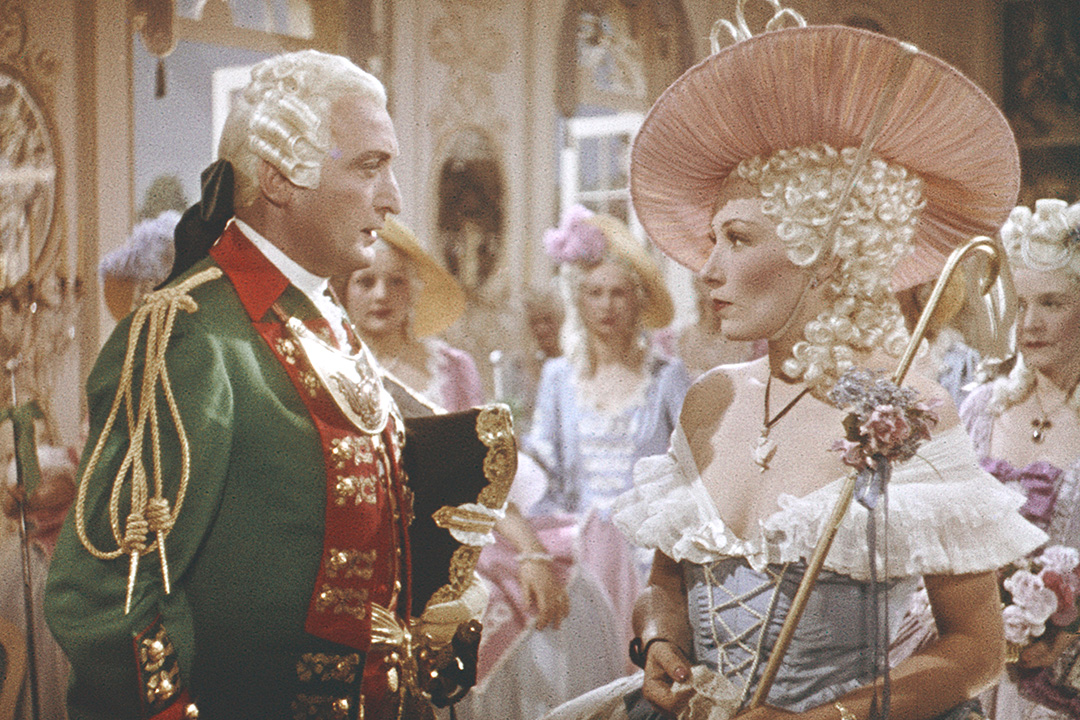
Nazism in Germany
In 1927, Alfred Hugenberg, a Reich minister under Hitler, bought Ufa out of its contract with American film companies, marking the beginning of a powerful propaganda empire for the Nazis. By 1930, most of the Ufa supervisory board was already involved in the Nazi Party. With the Nazis' rise to power in 1933, Ufa's heyday was over. Jewish employees were dismissed, filmmakers and stars of German film production left Germany, including Fritz Lang, Erich Pommer, Billy Wilder, and Robert Siodmak. While Babelsberg produced Nazi propaganda and shallow entertainment, Hollywood benefited from this unprecedented artistic brain drain and established itself in the 1930s and 1940s as the center of the global film industry.

Golden age in Hollywood
In the 1930s, major studios such as Paramount, Warner Bros. and 20th Century Fox dominated film production in Hollywood. It was the time of the rise of Technicolor and the first full color version of a film. In 1939, “Gone with the Wind” by Victor Fleming won 10 Oscars, and Clark Gable and Vivien Leigh became icons of cinema.
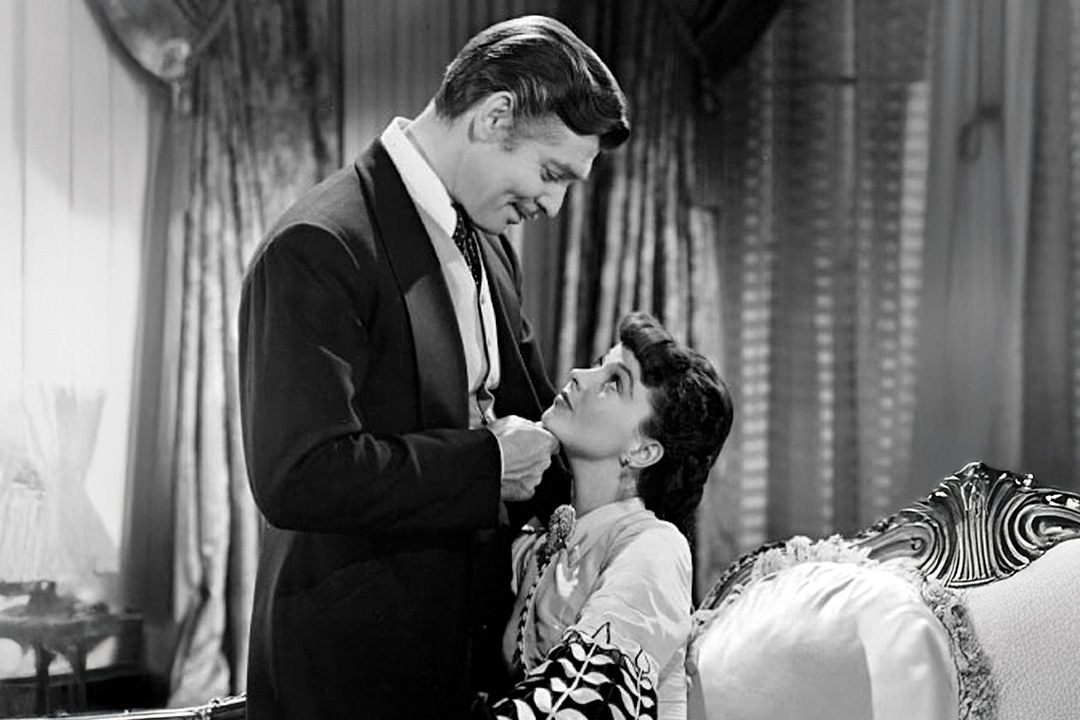
World War II
World War II After the end of World War II, leftists and those perceived as leftists in the United States became new bogeymen in the McCarthy era. Even Hollywood film artists were affected, with many losing their jobs. Charlie Chaplin was not allowed to return to the United States in 1952 because of his critical attitude towards the committee after a trip to Europe.
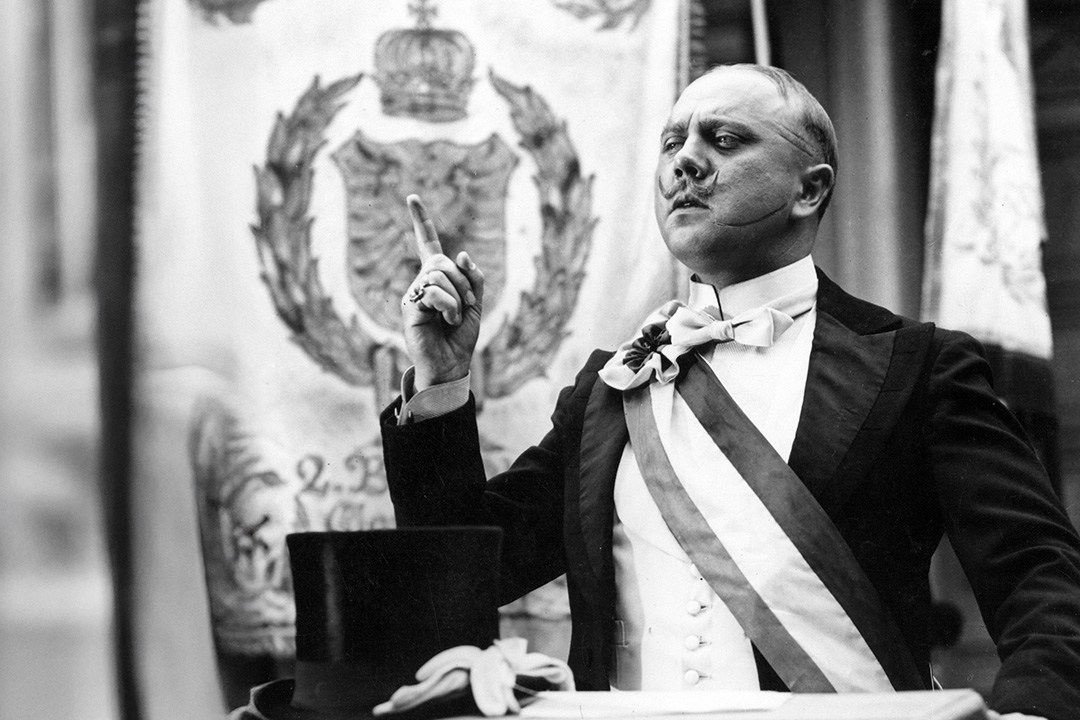
Cinema in the GDR
After the war, Potsdam was occupied by the Soviet military administration. The UFA became DEFA (Deutsche Film AG, German-Soviet Joint- Stock Company). And the GDR, which came into being in 1949, controlled and censored film production. Filmmakers resorted to making literary adaptations. Or they left the GDR. Nevertheless, a number of legendary films were made before the fall of the Berlin Wall in 1989, which have become classics of film history, including: Spur der Steine (1966), The Legend of Paul and Paula (1973), Jakob the Liar (1976), Solo Sunny (1980), Coming Out (1989).
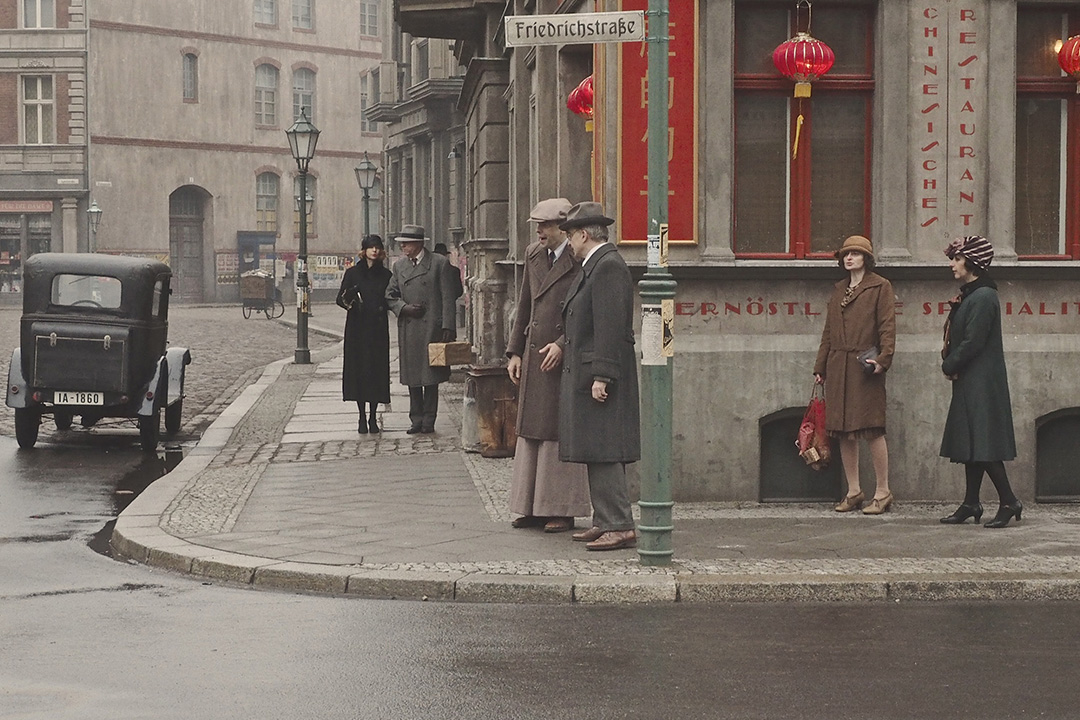
The 'New Hollywood'
When television became a mass medium in the 1950s, cinema attendance dropped dramatically. However, it also led to a change in film production and the development of new techniques. For example, the monumental film “Ben Hur” (1959) impressed with the technical realization of epic battle scenes. It won 11 Oscars. In the 1960s and 1970s, the “New Hollywood” movement produced a wave of innovative filmmakers, including Martin Scorsese, Francis Ford Coppola and Stanley Kubrick. Works such as “The Godfather” (1972) and “Taxi Driver” (1976) experimented with new narrative forms and expanded the artistic possibilities of film.
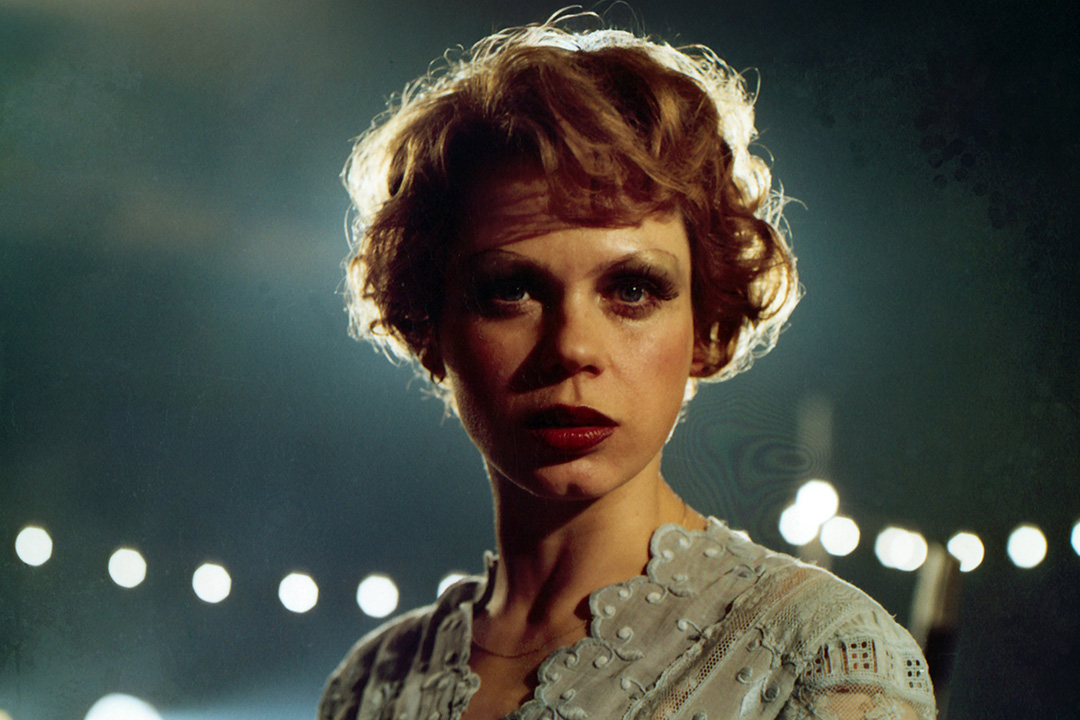
The fall of the Wall
After the fall of the Berlin Wall, it initially became dark in Babelsberg, as the Treuhandanstalt privatized the GDR state-owned enterprises. After various changes of ownership and difficult early years, Babelsberg produced a successful film again for the first time in 1998 with “Sonnenallee” by Leander Haußmann.
Realignment
From 2001, an increasing number of international films were shot here, including Roman Polanski's “The Pianist”, which won several awards, as did the Hollywood production “Around the World in 80 Days” by Frank Coraci. Telenovelas such as GZSZ were created and the Hollywood productions “V for Vendetta” and “Black Book” by Paul Verhoeven were produced in Babelsberg. The Hollywood thriller “The Constant Gardener” by Fernando Meirelles, a Babelsberg production, received a “Golden Globe” and Babelsberg signed a contract with Hollywood producer Joel Silver. The city of Potsdam provided 5 hectares of land for the expansion of the film area, the studios in Potsdam were modernized and expanded, and with public funding, Babelsberg developed into a modern center for digital media, film and TV, including the Konrad Wolf Academy for Film and Television and the rbb broadcasting company.
Internationalization
International cinema productions were made here, including “The Reader”, “Valkyrie”, “Inglourious Basterds”, “Grand Budapest Hotel”. Quentin Tarantino, Roman Polanski, George Clooney, Cate Blanchett, Tilda Swinton and many others have worked here. Series and productions for streaming services came to Babelsberg. In the last 20 years, Studio Babelsberg productions have won a total of 15 Oscars, including for “The Pianist”, “The Counterfeiters” and “The Reader”. Since 2023, Studio Babelsberg has been part of the US company Cinespace Studios, which, with a total of 109 studio halls in Chicago, Toronto, Atlanta, Wilmington and Babelsberg, is one of the largest studio and service providers for TV and film productions.
Digitization and streaming
Digitization, new technologies such as virtual and augmented reality, and streaming services from Netflix, Amazon Prime Video and Disney+ have profoundly changed the film industry worldwide. In Hollywood, social movements such as “MeToo” and “Black Lives Matter” also changed the content of films. And the international market has changed, too. The Indian film market gained in importance. Films produced in Hollywood reached cinemas in China, India and other rapidly growing markets, influencing production, financing and content.
Babelsberg has produced under five political systems – from the imperial era, through the Weimar Republic, National Socialism and the GDR, to globalization in the present day. Despite the turmoil of the last century, it has fought its way back to the top and is now once again one of the industry's major players. It is likely that in the future it will not be politics, but the far-reaching changes brought about by artificial intelligence that will permanently change the film industry, with consequences for both locations.
EXT Marie Wildermann
Friedrich Wilhelm Murnau Foundation
The Friedrich Wilhelm Murnau Foundation has a unique collection of films from the beginnings of film history to the early 1960s. The collection comprises 2000 silent films and 1000 sound films (including films by Fritz Lang, Ernst Lubitsch and Friedrich Wilhelm Murnau, the foundation's namesake). The aim of the Murnau Foundation is to preserve this cultural heritage and make it accessible to the public.
Diplomatisches Magazin would like to thank the Friedrich Wilhelm Murnau Foundation for permission to print numerous photographs.
FILMMUSEUM POTSDAM
A good overview of the history of Babelsberg as a film location is provided by the permanent exhibition 'Dream Factory' at the Filmmuseum Potsdam and the accompanying publication '100 Facts about Babelsberg - Cradle of Film and Modern Media City', published by the Filmmuseum Potsdam, German/English, 240 pages, 400 illustrations, QR codes. Available at the museum shop
Sources: u.a. studiobabelsberg.com, filmmuseum-potsdam.de, stiftung-murnau.de

